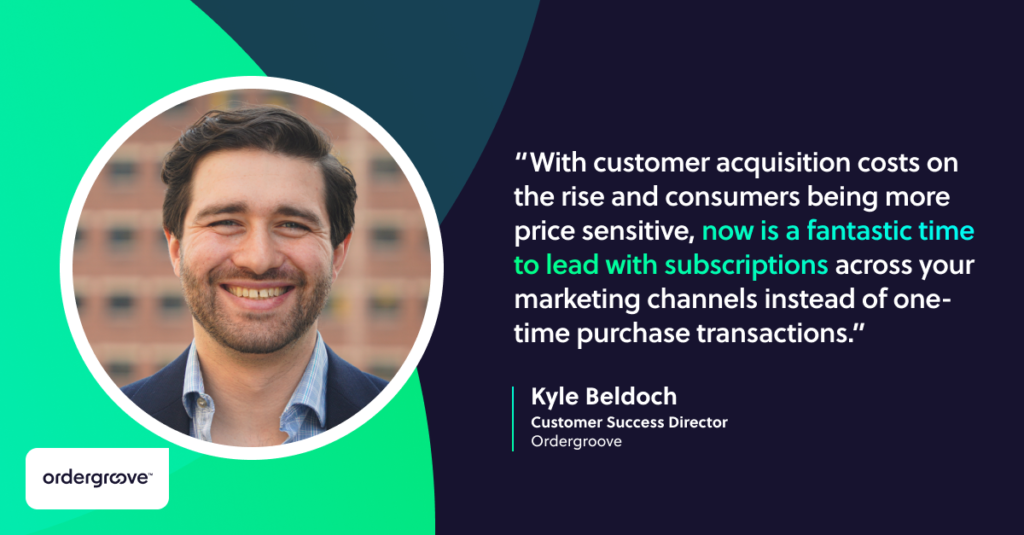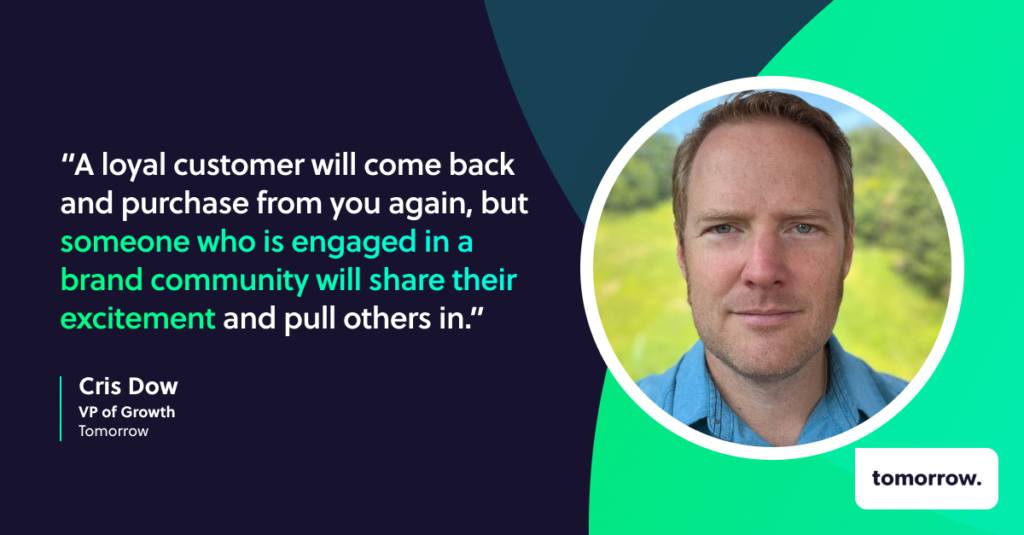7 proven D2C strategies to overcome a volatile market

Faced with rising inflation, supply chain woes, and shifting consumer demand, direct-to-consumer (D2C) brands are struggling to succeed in today’s volatile market. With this in mind, we asked seven eCommerce experts for advice on what D2C brands can do today to set themselves up to thrive in 2023.
1. Understand your churn

“Slow business cycles are a great time to strengthen business fundamentals.
“To understand churn and make it actionable, you’ll need to know who is churning and when. By tracking the right metrics, you can compare against industry benchmarks to seek out new best practices to adopt.
“But you also need to know the WHY. By learning why customers churn — either actively canceling or passively churning from a billing failure — you can make churn insights an ongoing part of your customer feedback process and bring an even better product to market.”
– Joelle Goldman, Co-Founder, Churn Buster
2. Focus on first-party data

“The death of cookies and expanding landscape of privacy regulations can actually be a good thing for brands that focus on community. First-party data comes from an engaged customer community, and in a down economy, it’s more important than ever. This is especially true for subscription brands, where understanding subscriber behavior — and linking it back to the original marketing touch point — can be the key to unlocking higher LTV customers over time. Work toward a single source of truth that both breaks down data silos and helps you get the most value out of every channel, from paid to organic, old school to experimental. We recommend using GA4, the newest version of Google Analytics!”
– Ari Messer, Co-Founder & CMO, Littledata
3. Utilize your fulfillment strategy as a growth lever

“If you’re struggling, look to diversify! While D2C is not dead, now is the time to start expanding across new channels. Test B2B, look to form retail partnerships, list on more online channels, and find new ways to increase your potential customer base. Similarly, look to new markets. As you expand globally, you can improve conversion rates by offering not just international shipping but (delivered duty paid) shipping and also fulfilling orders in other countries in which you have a strong base to reduce transit times, shipping costs, and customs holdups. (And don’t worry — both of these are made easy by partnering with a global, omnichannel fulfillment provider to centralize shipping and logistics without the need to build out the infrastructure yourself.)”
– Kristina Lopienski, Director of Content Marketing, ShipBob
4. Build reliable customer relationships starting with subscriptions

“With customer acquisition costs on the rise and consumers being more price sensitive, now is a fantastic time to lead with subscriptions across your marketing channels instead of one-time purchase transactions. One-time purchase transactions lead to transactional relationships with lower customer lifetime value, while subscriptions build long-term relationships with higher customer lifetime value.
“With subscriptions, you can offer consumers a better price because they’ll purchase from you on a recurring basis. Subscriptions also offer more touch points than one-time purchases, providing you with multiple opportunities to surprise and delight your customers. These two aspects of subscriptions strengthen customer relationships, which leads to increased loyalty and retention.”
– Kyle Beldoch, Customer Success Director, Ordergroove
5. Obsess over your customer’s experience

“Shifting energy over to retention and loyalty is a smart move for D2C brands who are struggling due to current market conditions. Obsessing over your customer’s experience is something all brands should do, but it becomes paramount when new customer acquisition is difficult during an economic slowdown.
“Look at your data, speak with your customers, and double down on your strongest sales channels. Utilize this time to improve customer lifetime value. Revisit any personalization, A/B testing, and retention efforts to see how you can maximize revenue from your current customer base.”
– John Surdakowski, CEO, Avex
6. Pinpoint the real problem

“Get to the root cause of the struggle. When the market is volatile, it might be having a direct impact on sales. However, a volatile market can also expose pre-existing issues with product/market fit, competitive challenges via marketplaces and other brands, marketing missteps, a shifting affiliate market, or lack of investment in partnerships. Is the problem truly market volatility?”
– Tim Bucciarelli, Director of Engagement, IronPlane
7. Build loyalty through community

“Given the growing cost of new customer acquisition through traditional marketing methods and technology, it’s a good time to focus on those who are most loyal to your brand.
“Beyond loyalty exists community. A loyal customer will come back and purchase from you again, but someone who is engaged in a brand community will share their excitement and pull others in.
“A great example of a brand doing this is Signal Snowboards. They took on an initiative to build loyalty and community by rewarding customers, giving perks for membership, and established a vibrant Discord group.”
– Cris Dow, VP of Growth, Tomorrow
Each month, Ordergroove asks experts to share their opinions on eCommerce, Relationship Commerce, or subscriptions. If you have a question for our experts or want to be considered for inclusion in future blog posts, email us at hi@ordergroove.com.